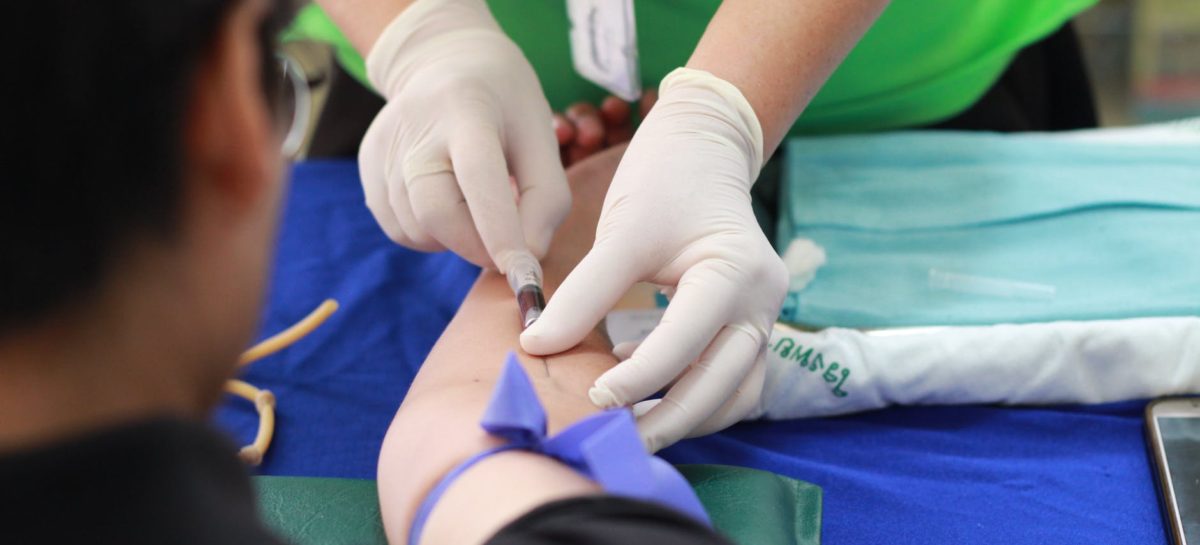Before the discovery of blood types in 1901, people were receiving blood transfusions regardless of blood type. These transfusions were the cause of many deaths due to the incompatibilities. We have come a long way since 1901. Research and understanding of blood type compatibility safeguards patients today against adverse reactions.
- Type O positive blood is given to patients more than any other blood type, which is why it’s considered the most needed blood type.
- 38% of the population has O positive blood, making it the most common blood type.
- O positive red blood cells are not universally compatible to all types, but they are compatible to any red blood cells that are positive (A+, B+, O+, AB+).
- Over 80% of the population has a positive blood type and can receive O positive blood. That’s another reason it’s in such high demand.
- O positive donors who are CMV negative are known as Heroes for Babies at the Red Cross because it is the safest blood for transfusions for immune deficient newborns.
- In major traumas with massive blood loss, many hospitals transfuse O positive blood, even when the patient’s blood type is unknown. The risk of reaction is much lower in ongoing blood loss situations and O positive is more available than O negative. Type O positive blood is critical in trauma care.
- Those with O positive blood can only receive transfusions from O positive or O negative blood types.
- Type O positive blood is one of the first to run out during a shortage due to its high demand.





